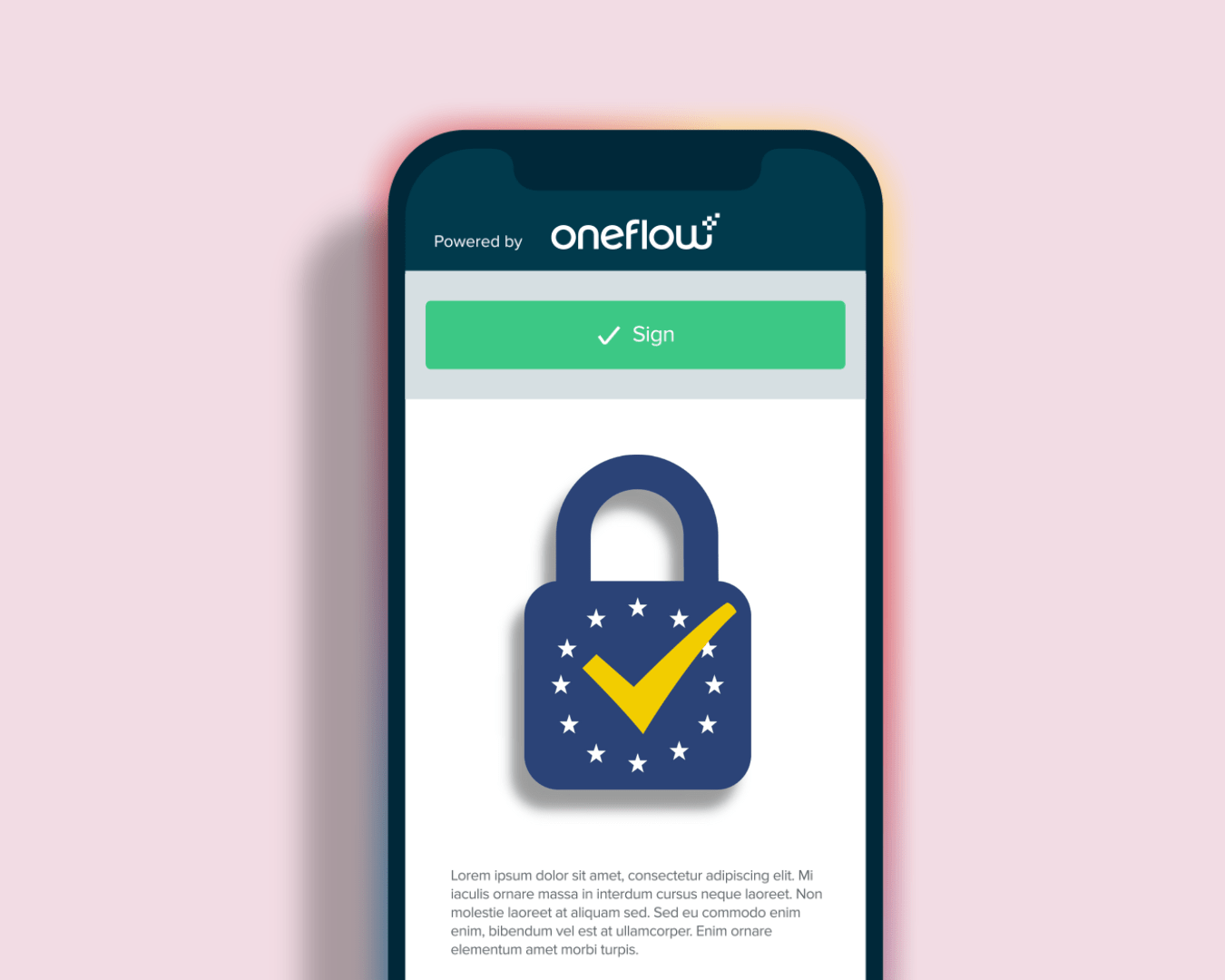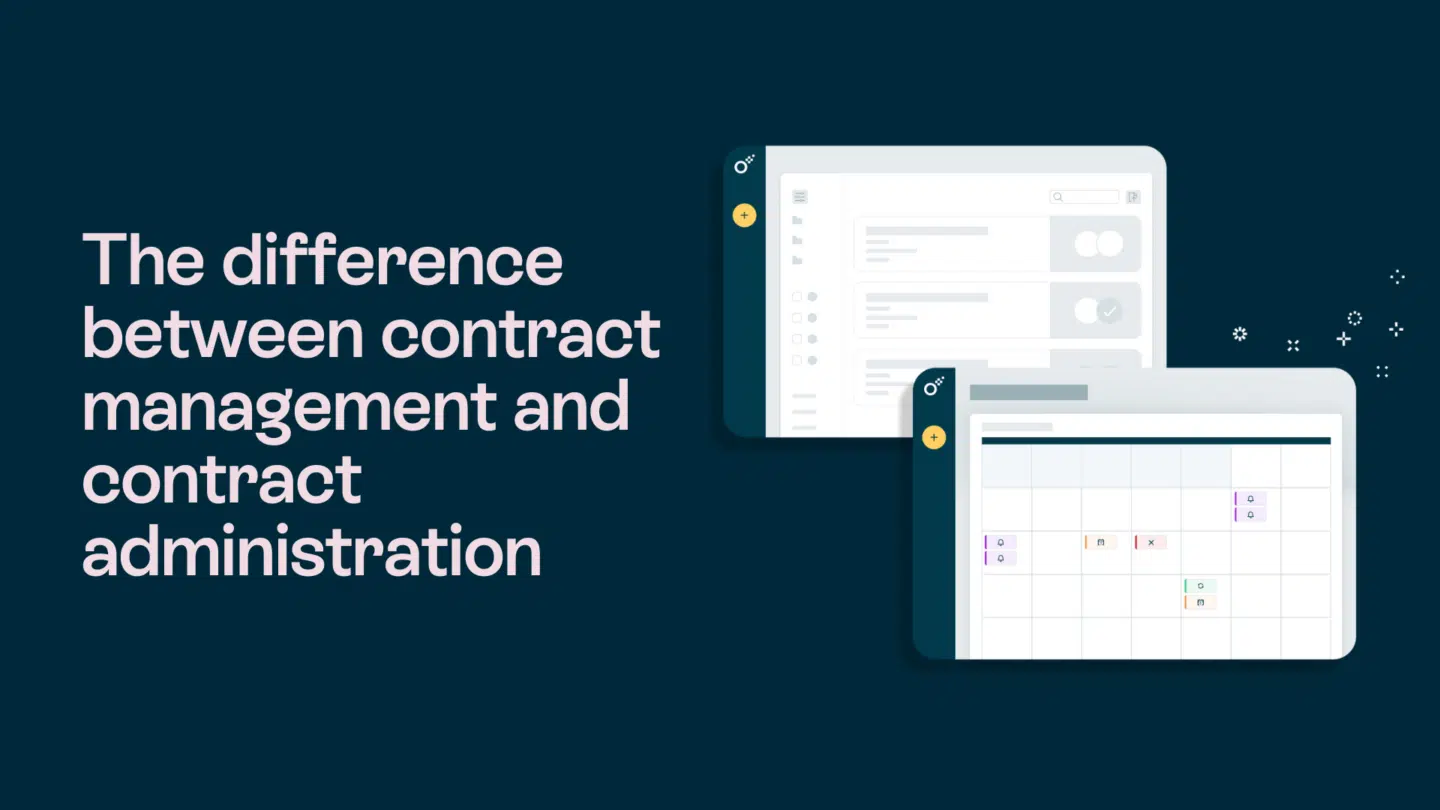Organizations looking to increase overall efficiency and streamline their marketing activities are increasingly using marketing automation technologies. Reaching the appropriate audience at the appropriate time is therefore necessary to keep up with the never-ending stream of information. This is where marketing automation can revolutionize your campaigns and help you work more efficiently with your marketing efforts.
There are various types of marketing automation, such as email marketing automation, social media automation, etc., which you can utilize.
So, let’s discuss marketing automation and how businesses can streamline their campaigns for efficiency.
Key features of marketing automation platforms
By 2030, the global market for marketing automation is expected to grow to a value of $13.71 billion. Thus, you should be focusing on using marketing automation. Reliable marketing automation software provides many useful features. Some of the primary features of marketing automation platforms are discussed here:
Multi-Channel Marketing Capabilities
One of the main attributes of marketing automation platforms is to handle and automate marketing campaigns through different platforms, such as email, social media, and digital advertising.
Campaign automation allows businesses to get in contact with their target audience through different channels. This ensures that all marketing activities are integrated and work together to achieve the same goal.
Campaign Analytics and Reporting
Marketing automation systems have reporting and analytics features that let marketing professionals monitor the success of their campaigns in real-time.
Some of these indicators include open rates, click-through rates, conversion rates, and ROI, among others. These, in turn, help with data-driven decisions and drive better performance results.
Personalization and Targeting
Powered by advanced segmentation and personalization mechanisms, marketing automation platforms help marketers create tailor-fit content that is relevant based on the target audience’s age, demographics, actions, and preferences.
This degree of personalization raises conversion rates and increases engagement. As per Campaign Monitor, marketers claim that personalized and segmented campaigns have increased email revenue by 760%.
Read also: How sales can increase their revenue through automation?

Streamlining campaigns with marketing automation
Leveraging marketing automation tools can streamline your campaigns, achieve greater efficiency, and boost your overall marketing ROI. Here’s how marketing automation helps streamline campaigns:
Automated Lead Nurturing
Platforms for marketing automation make campaign management easier by giving marketers the ability to start personalized content automation based on lead actions and where the lead is in the buying process.
According to 91% of users, marketing automation is essential for successfully nurturing leads across multiple channels. It allows leads to move more swiftly through the funnel and eventually convert.
Behavior-Based Triggers
Marketers can take charge of the decision-making process by establishing behavior-based trigger emails and workflows. Doing so will automatically deliver relevant messages based on a lead’s interactions with the brand.
For example, suppose a lead revisits the pricing page several times. It will receive an automated email with pricing information, which will accelerate the lead’s progress toward conversion in the process.
Cross-Channel Campaign Orchestration
You can seamlessly integrate your marketing efforts across various channels, like email, social media, bulk SMS, and push notifications. You can see how different channels work together to influence conversions and optimize your marketing mix for maximum impact.
Marketing automation platforms allow you to create cohesive campaigns that reach your preferred audience wherever they are, fostering a more consistent brand experience.

Best practices for efficient campaign management
Marketing automation needs proper planning and execution to deliver your campaigns. Here are some best practices to ensure efficient campaign management:
Define SMART Goals and Target Audience
Always define Specific, Measurable, Attainable, Relevant, and Time-bound goals for your campaigns. Marketing automation allows you to easily track relevant metrics and KPIs to measure progress toward your goals.
Further, clearly define your ideal customer persona. Use marketing automation tools for customer segmentation based on demographics, interests, and behaviors. This allows for targeted campaigns that resonate with specific audience segments.
Read also: 10 best tools for startups to save money
Do A/B Testing and Make Adjustments
Don’t settle for assumptions. Marketing automation allows you to A/B test different parts of your campaign, such as subject lines, email copy, landing pages, and ad creatives. This data-driven approach helps you identify the winning variations that resonate best with your audience.
Keep a close eye on the performance metrics of your campaign and get real-time insights into key metrics like open and conversion rates. Use this data to identify areas for improvement and optimize your campaigns on the fly.
Automate, Personalize, & Collaborate
Leverage marketing automation features to automate repetitive tasks and personalize your communication. This frees up time for strategic initiatives and ensures each customer receives relevant and engaging messages.
You can also collaborate with different teams by providing a shared view of customer data and campaign performance.
Communicate and Report
Maintain clear communication within your team. Regularly discuss campaign goals, progress, and learnings. You can utilize marketing automation features like task management and internal notes to keep everyone aligned.
Further, regularly generate reports to analyze campaign performance. Share these reports with stakeholders to keep them informed and gather valuable feedback. To do so, you can use comprehensive reporting tools to identify trends.

Predictive analytics for personalized marketing
Predictive analytics is a game-changer for personalized marketing within marketing automation. It goes beyond understanding past behavior and helps you anticipate the future needs and preferences of your customers.
For 51% of marketing professionals, the greatest opportunity is to provide a more personalized customer experience. Here’s how this powerful duo works together:
Data Collection and Analysis
Data collection and analysis are important for predictive analytics and customized marketing. Enterprises get the data from multiple sources, namely, CRM systems, social networks, websites, and most recent purchases.
The next step involves the use of advanced analytics tools to process this data in order to identify patterns, trends, and linkages that may be leveraged to gain additional insight into future customer behavior.
Many brands utilize marketing automation by collecting data to streamline their campaigns. For instance, Airbnb sends personalized emails to customers based on their previous searches and reservations. Using behavioral triggers, users who have indicated interest in specific places or accommodations are targeted and encouraged to make bookings or visit the website again. In less than ten years, Airbnb grew from having no bookings to one billion due to these and other internet marketing techniques.
Customer Segmentation
Another important role that predictive analytics assumes in personalized marketing is customer segmentation. By using predictive models, you can divide the customers into segments depending on their preferences, purchase behavior, and level of engagement with the brand. This segmentation enables a more personalized customer experience. As a result, you can create hyper-targeted campaigns that resonate deeply with each customer segment.
Let’s take Netflix as an example. Netflix’s personalized content is an extra benefit that makes it stand out from other streaming providers. Netflix skillfully employs marketing automation to provide each customer with a personalized homepage. They segment their users’ browser preferences and viewing histories. By analyzing these, they predict their behavior and provide exception services.
Predictive Lead Scoring
Predictive analytics is also incorporated into lead scoring. For instance, businesses might score potential leads and give them a score based on the probability of conversion.
Analyzing the diversity in demographics, online behavior, and engagement of marketing content by businesses can determine which leads have the highest chances of making a sale.

The rise of conversational marketing and chatbots
Conversational marketing is revolutionizing campaign engagement and fostering deeper connections with audiences. Meanwhile, the integration of chatbots is empowering emerging businesses, streamlining customer interactions, and driving growth. Let’s see how chatbots are revolutionizing marketing:
Real-Time Customer Engagement
One of the most important features of chatbots in marketing is their ability to work with customers in real-time. 50.7% of businesses claim that conversational marketing enables them to respond more quickly.
Unlike traditional marketing channels, which can be slow to communicate, chatbots provide businesses with the ability to offer support and assistance to customers. This results in customer satisfaction and an enhanced overall experience.
Personalized Recommendations and Assistance
Chatbots powered by predictive analytics technology can make well-targeted product recommendations and help clients based on their previous experiences with the brand.
The chatbots do so by analyzing user data in real-time and accordingly adjusting to the customers’ demands, thus increasing conversion rates and customer satisfaction.
Conclusion
Marketing automation isn’t just a fancy tool; it’s a game-changer for businesses of all sizes. You can easily streamline your campaigns and achieve greater efficiency by automating repetitive tasks, personalizing communication, and leveraging data-driven insights.
Doing so can lead to real business results, such as increased engagement, improved conversion rates, and, ultimately, significant growth. So, take the first step today and explore how this automation technology can transform your marketing efforts.







